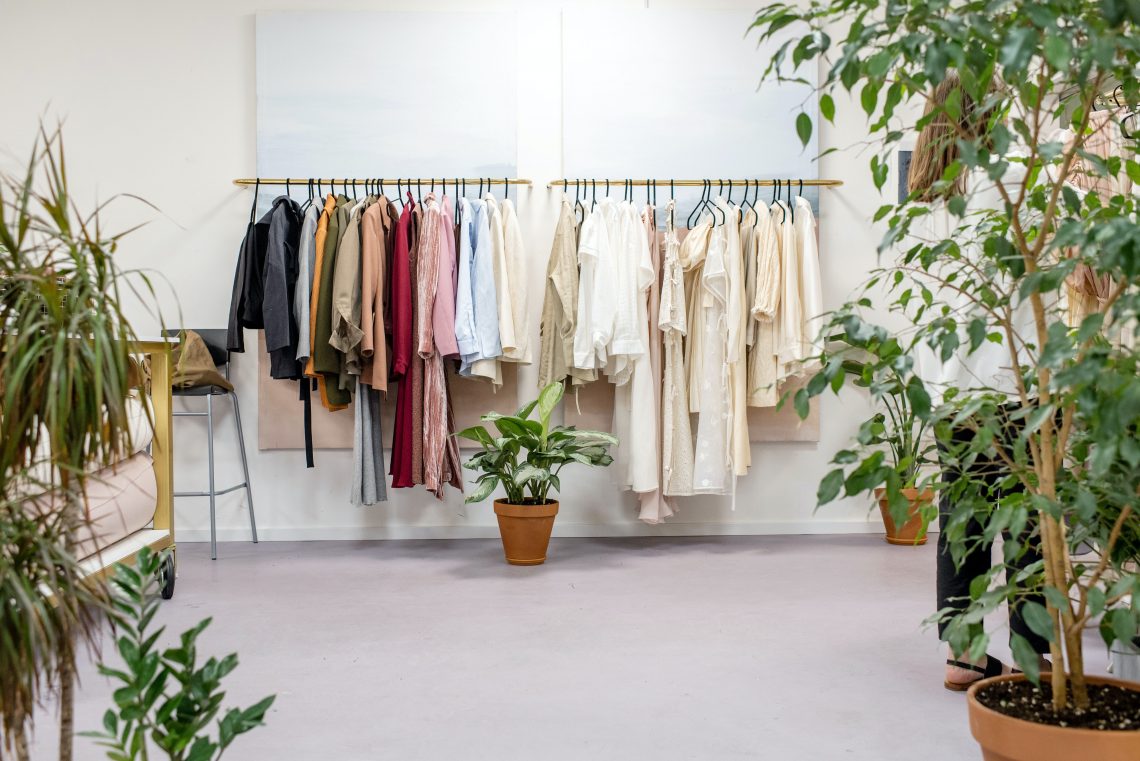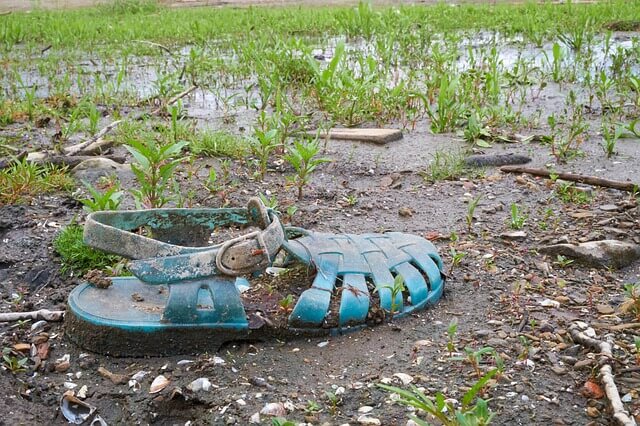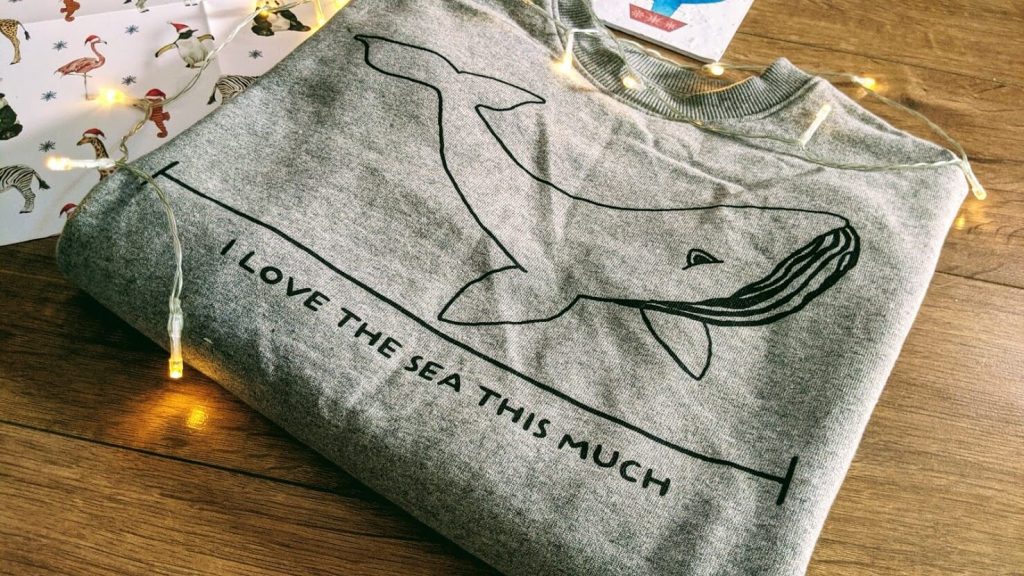
Make Your Wardrobe More Sustainable in 6 Steps
Paved with Good Intentions
Making your wardrobe more sustainable is easier said than done for many of us.
The road to hell is paved with good intentions, or so they say. Never has a say more accurately summarised my various attempts to live more sustainably.
I know what my lifestyle is doing to the planet. I’m aware of the impact of my day to day choices on nature. Determined to make a change, I plan for the future.
I envisage myself living a zero-waste, organic, fair trade, chemical free, cruelty-free exalted existence.
And yet I never seem to reach it. In fact, more often than not, I’ve failed almost instantly.
I walk away, head hung and disappointed in myself. In my mind, I was going to be the perfect citizen of Earth…and therein lies my mistake.
In the Real World
Let’s be honest with ourselves for second.
We live in a world where throwing things away is the norm. Many of us struggle for money from month to month but still carry the awareness that society expects us to look put together, professional, or fashionable. Advertising is everywhere and the constant window into other people’s lives brought about by social media doesn’t help, nor does the incessant presence of cameras to remind us of our shortcomings.
Clothing is not unimportant. It keeps us relevant, makes us feel good, and projects an image we want to show the world.
Baby Steps
Whilst sustainable brands like People Tree are known to many of us, the reality is that for most people, an entirely sustainable wardrobe is not achievable. At least not in the short term as things stand today.
Going for perfection is not an option.
The day I realised this was the day I began to forgive myself for the flaws in my decisions. I began to develop some tactics to take steps towards a more sustainable wardrobe.
Not perfect, but better.

6 Ideas to Make Your Wardrobe More Sustainable
1. The Rule of Thirty
The simplest way to make your wardrobe more sustainable is to buy less.
Some people choose to do this by choosing a few versatile pieces for a capsule wardrobe.
I prefer using the Rule of Thirty: only buys it if you will wear it at least 30 times.
This has turned out to be a useful mindset with workwear. This can be expensive and it’s an area where I just can’t afford high reaching brands.
Instead, I’ll consider how much wear I will get out of an item- if it doesn’t go with much or what I already own, it might be uncomfortable or I may not feel confident in it, or if I know it’s only suitable a couple of times a year, it’s a no.
Every time we wash our clothes, we can be releasing microplastics into the environment, but the amount significantly decreases within a few washes. By buying less new stuff, we are reducing the number of first-time high-risk washes.
2. One Sustainable Thing
In my casual clothes I do try to go sustainable.
It doesn’t necessarily have to be ENTIRELY sustainable, but any garment most have at least one element of sustainability to it.
I love buying t shirts and sweatshirts from Big Wild Thought, for example, who using organic cotton in their products.
H&M have been widely criticised the claims of sustainability being far for perfect, but choosing to put your money ONLY behind their Conscious range still sends a message that may be heard by retailers in the future.

3. One Out, One In
This one is a classic and can be used in conjunction with both of the previous two suggestions.
If you buy something, you have to get rid of something you already own to make way for it.
The idea isn’t, of course, to create a never-ending conveyor belt of garments entering and leaving your possession, but it should make you think before you buy.
Take a moment to consider whether what you’re buying is actually any better than what you already own. If not, put it back.
If you are only buying the things you consider to be most worthy of a coveting spot in your collection, you’ll gradually reduce the amount you’re buying. You’ll start to invest in quality rather than quantity, and this alone will help make your wardrobe more sustainable.
4. Goodbye Impulse Buy
Another good tactic I have found is to ditch the impulse buy.
I no longer allow myself to simply walk into a shop, pick up whatever catches my eye and take it to the till. Time is always given to consideration.
If I’m shopping in person (still a distant memory as I write this in the dark days of Covid restrictions) if go with a list. Not necessarily a list of specific items to find but more like roles to fill.
Two tops for work, a pair of casual shoes… that kind of thing. Then don’t deviate. This means you have some restriction already.
Online it’s much easier- I never buy ANYTHING on the day I see it. I always wait a few days.
Why? To see if my brain forgets about it.
If I really want something it’ll keep popping back into my head at unexpected moments. I’ll want to show people, get some opinions. There’s time to think about where I might wear it and if it’s worth the money. If this is the case, I’ll allow myself the purchase.
If I forget about it, well… job done!
5. Second Hand Heaven
The single best way to make your wardrobe more sustainable is, of course, to reduce the amount of new materials you are consuming.
There are a wealth of second hand options out there.
Charity shopping has always seemed to me like something that you either have knack for…or you don’t. I fall under the latter category.
For all you natural charity-shoppers out there, I admire you. Keep doing your thing.
In my case, my entry into the world of second hand shopping came with my discovery of Depop– your opportunity to scour the unused items taking up space in wardrobes around the country.
If I want a new item now, especially if it’s quite specific, my first stop is the Depop app.
Make sure you read the descriptions carefully, only buy if they are showing photos of the actual item (as opposed to promotional photos from a website) and check the seller is still active before purchasing.
I’ve had no problems at all and have made some great purchases. The best being brand new Hunters wellies (purchased but never used) for £25!

6. Good On You App
There’s an app for everything. So obviously there’s an app to help you make you wardrobe more sustainable. It’s called Good On You and I love it.
They have done all the research on major clothing brands so you don’t have to. They give clear overall ratings for each shop, then break it down into labour, environment and animal, detailing the reasons and research behind their choices.
One Wild Thing
Why not try and make your wardrobe more sustainable by picking a couple of the ideas above to get you started.
Remember, you don’t have to be perfect. A world of imperfect people trying to do a little bit better can make a big impact.





